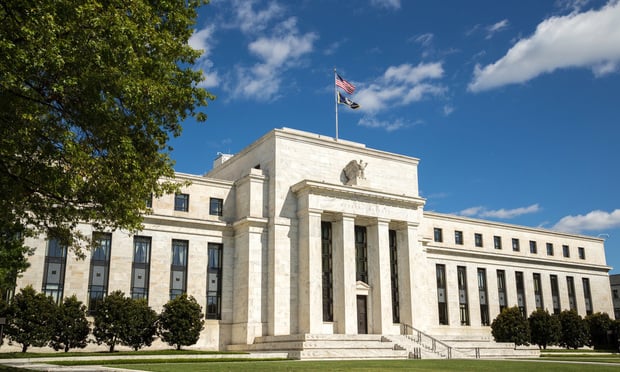In keeping with that theme, BOMA on Monday unveiled a standardized contract that building owners can use to reduce energy costs via retrofitting their buildings and at the same time finance those retrofits without placing additional debt on their buildings. The model contract, developed by BOMA in cooperation with the Clinton Climate Initiative, is an agreement between an energy service provider and a building owner in which the energy service provider guarantees to save the building owner a certain amount of money on energy costs each year by retrofitting a building. In return, the building owner agrees to pay the energy services provider out of the savings realized through the retrofit.
Brenna Walraven, BOMA International chairman and executive managing director of national property management for USAA Real Estate Co., explained in a press conference regarding the model contract that such energy performance contracting has been in place for decades in the government sector. But energy performance contracting has not caught on in the private sector because of a number of hurdles: Thus far it has been costly, time-consuming and difficult to finance.
The new BOMA-CCI model energy performance contract is designed to overcome those obstacles by providing a standardized contract that addresses all of the legal and technical issues involved in negotiating such a deal, and it also provides a blueprint for financing the contract via a lease between the building owner and the energy services provider. Henry Chamberlain, president and CEO of BOMA who kicked off the energy contract press conference, said that the organization sought to create "a turn-key program and a simplified contract" for building owners.
Walraven said that BOMA expects to have two pilot examples of the energy performance contracts in place within the next 60 days, one in Richmond, VA and one in Sacramento, CA. One will be designed to save the building owner $100,000 per year on energy costs and the other will be aimed at saving $150,000 per year. Once BOMA can show case histories of these contracts, she says, the group expects that the contracts will gain wide acceptance among building owners.
Walraven commented that direct energy costs savings, although a large and significant component of BOMA's efforts toward green practices, represent just one facet of the industry's drive to introduce green practices in virtually every aspect of building operations. During Monday morning's general session at the BOMA conference, Walraven and other top sustainability experts outlined the current state of green building practices and where the green movement is headed. Rick Fedrizzi, president and CEO of the US Green Building Council, recalled how the council's efforts to encourage sustainability at first met with resistance.
"Early on, we had doors slammed in our faces because we talked about the environmental benefits," Fedrizzi recalled. "But when we made the business case, people started listening."
Continue Reading for Free
Register and gain access to:
- Breaking commercial real estate news and analysis, on-site and via our newsletters and custom alerts
- Educational webcasts, white papers, and ebooks from industry thought leaders
- Critical coverage of the property casualty insurance and financial advisory markets on our other ALM sites, PropertyCasualty360 and ThinkAdvisor
Already have an account? Sign In Now
© 2024 ALM Global, LLC, All Rights Reserved. Request academic re-use from www.copyright.com. All other uses, submit a request to [email protected]. For more information visit Asset & Logo Licensing.








